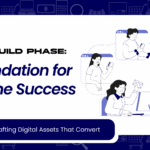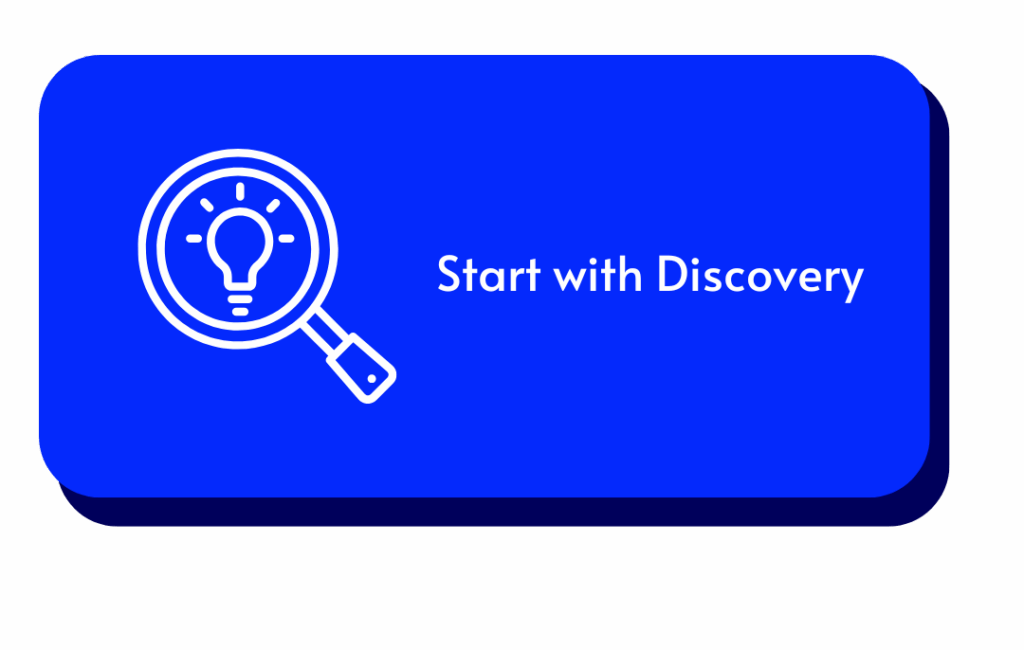
Powerful Digital Assets That Actually Convert
July 30, 2025
The Grow Phase: How to Turn Leads into Lifelong Clients
August 14, 2025Launching a business is more than flipping a switch and waiting for customers to roll in. If you want real results, you need a strategic launch plan that connects your brand with the right audience at the right time. In Episode 3 of the ATMA Podcast with Bryan Acosta and Storie Titus, we break down exactly how to launch with intention using the Build–Launch–Grow–Scale framework.
Whether you’re a startup, small business, or established brand launching a new offer, these insights will help you increase visibility, attract quality leads, and grow your revenue.
Why Your Launch Strategy Matters
Many entrepreneurs make the mistake of rushing to market without a clear plan. They spend money on ads, create content, or build websites without first answering the most important question:
Who are we trying to reach, and how will we reach them?
Without a launch strategy, your marketing becomes guesswork. The result? Wasted budget, missed opportunities, and frustration. According to Bryan, the key to a successful launch is data-backed decision-making. This means knowing your audience, understanding your competition, and investing your resources where they’ll have the greatest impact.

Step 1: Start with Discovery
Before you launch, you need to go through a Discovery Phase. This step is the foundation of the ATMA approach and ensures your launch has direction and purpose. In Discovery, we:
- Identify your target audience and create buyer personas
- Conduct competitor research to see what’s working in your market
- Perform keyword research to find high-intent search terms
- Map out the best marketing channels for your audience
- Define your brand voice so your messaging is consistent
This process gives you a blueprint for your launch, helping you avoid costly trial and error.

Step 2: Choose the Right Marketing Channels
Once you understand your audience, you can choose where to focus your marketing efforts. Your launch channels might include:
- Google Ads for high-intent search traffic
- Social media platforms like Facebook, Instagram, or TikTok for audience engagement
- Email marketing for nurturing leads before and after launch
- Local SEO if your business serves a specific region
By aligning your channels with your audience’s behavior, you increase the chances of your content being seen and acted on.

Step 3: Craft the Right Message
Even the best ad campaign won’t convert if its message doesn’t resonate. Your launch messaging should speak directly to your audience’s pain points and offer a clear solution. Bryan emphasizes the importance of balancing creativity with data—creative campaigns are more effective when backed by research.

Step 4: Track, Measure, and Adjust
A launch isn’t “set it and forget it.” Tracking your results is essential to improving performance. Monitor metrics like:
- Click-through rates (CTR)
- Website conversions
- Engagement rates
- Cost per lead (CPL)
If something isn’t working, pivot quickly. This data-driven approach keeps your marketing spend efficient and effective.

Quick Launch Tips
- Know your market before you launch. Don’t guess—use research.
- Invest in the right tools. CRM systems, automation, and analytics help you stay on track.
- Start small, scale smart. Test campaigns, refine, then expand.
- Focus on quality leads, not just traffic.
Final Thoughts
Launching your business is one of the most essential steps in your growth journey. With the Build–Launch–Grow–Scale method, you can create a launch that gets attention and generates quality leads and long-term growth. Skip the guesswork, start with strategy, and position your business to win.




